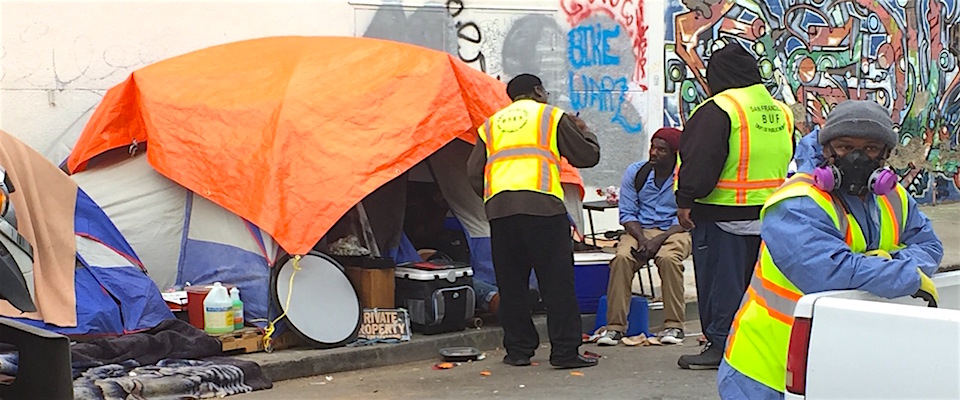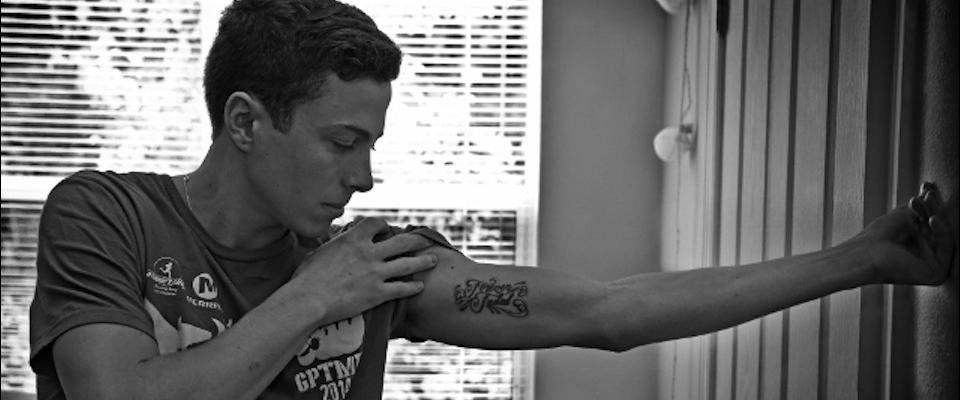Homeless kids have many strange and unpleasant experiences—not least the status change when they hit puberty.
“They become criminalized,” says Colette Auerswald, M.S. ’89, a pediatrician and associate professor of community health and human development at Berkeley’s School of Public Health. “When kids develop pubic hair, they’re no longer considered vulnerable and charming children. They become pariahs, a problem. But they’re just as vulnerable, and their need for services and support is the same.”
Society’s disinclination to assist homeless youth, she says, has made them invisible. Auerswald and co-authors Jessica Lin, Laura Petry, and Shahera Hyatt, confront this dilemma in a report jointly issued in April by the School of Public Health, the California Homeless Youth Project, and the UCSF School of Medicine. Entitled Hidden in Plain Sight: An Assessment of Youth Inclusion in Point-of-Time Counts of California’s Unsheltered Homeless Population, it notes that one of the biggest barriers to helping homeless youth is inaccurate counting by the jurisdictions charged with overseeing them.
“We evaluated the bi-annual homeless population counts mandated by the U.S. Department of Housing and Urban Development,” Auerswald observed during a phone interview. “Most of the jurisdictions we reviewed were counties, and the counts weren’t simply poor—they were absurd. For 2011, the count for homeless youth for fully two-thirds of the jurisdictions was fewer than ten. For the County of San Francisco, it was six.”
That’s a big problem because homeless youth shouldn’t be lumped together with homeless adult populations, says Auerswald.
“They have far different developmental needs,” Auerswald says, “and we must acknowledge that. And the first step to doing that is gathering accurate data. Think of yourself at 18, and assume you didn’t have parental or social support, that your education was incomplete, that you had no job history. How would you even begin to take care of yourself? Most of the people you know would not have achieved what they achieved if they had to begin in similar circumstances.”
The problem is especially dire in California, Auerswald notes: “We have 12 percent of the country’s population, but 25 percent of the homeless.”
Another big impediment to aiding homeless youth has been the prevailing definition of who they are: Federal guidelines include only minors, but Auerswald and her peers favor the more contemporary metric of 24 years of age and under. Federal definitions also stipulate a total lack of access to any domicile to qualify for a “homeless” count.
“The problem is that many kids couch surf,” Auerswald says. “They’ll sleep on somebody’s couch or floor for a day or two, then transition to the streets, and then go back and sleep on somebody else’s couch. But while they may not fit the federal parameters of ‘homelessness,’ they are enduring a genuine homeless experience, and their youth subjects them to terrible risks of abuse and exploitation.”
Moreover, says Auersbach, not all homeless youth populations are the same; to help them, their differences must be accommodated.
“The perspective and needs of a kid from the suburbs who’s living on the streets in the Haight is going to be very different from those of a child of undocumented immigrants,” she says. “We can’t have a one-size-fits-all approach. There’s not just one size.”
All is not unrelentingly bleak for the nation’s young and homeless; perspectives are changing, however incrementally.
“This year, the count for San Francisco’s homeless youth went up to 186 from 6 in 2011,” Auerswald says. “Ten years ago, we didn’t even count homeless youth. Today, we’re at least counting them—sort of.”
—Glen Martin




















